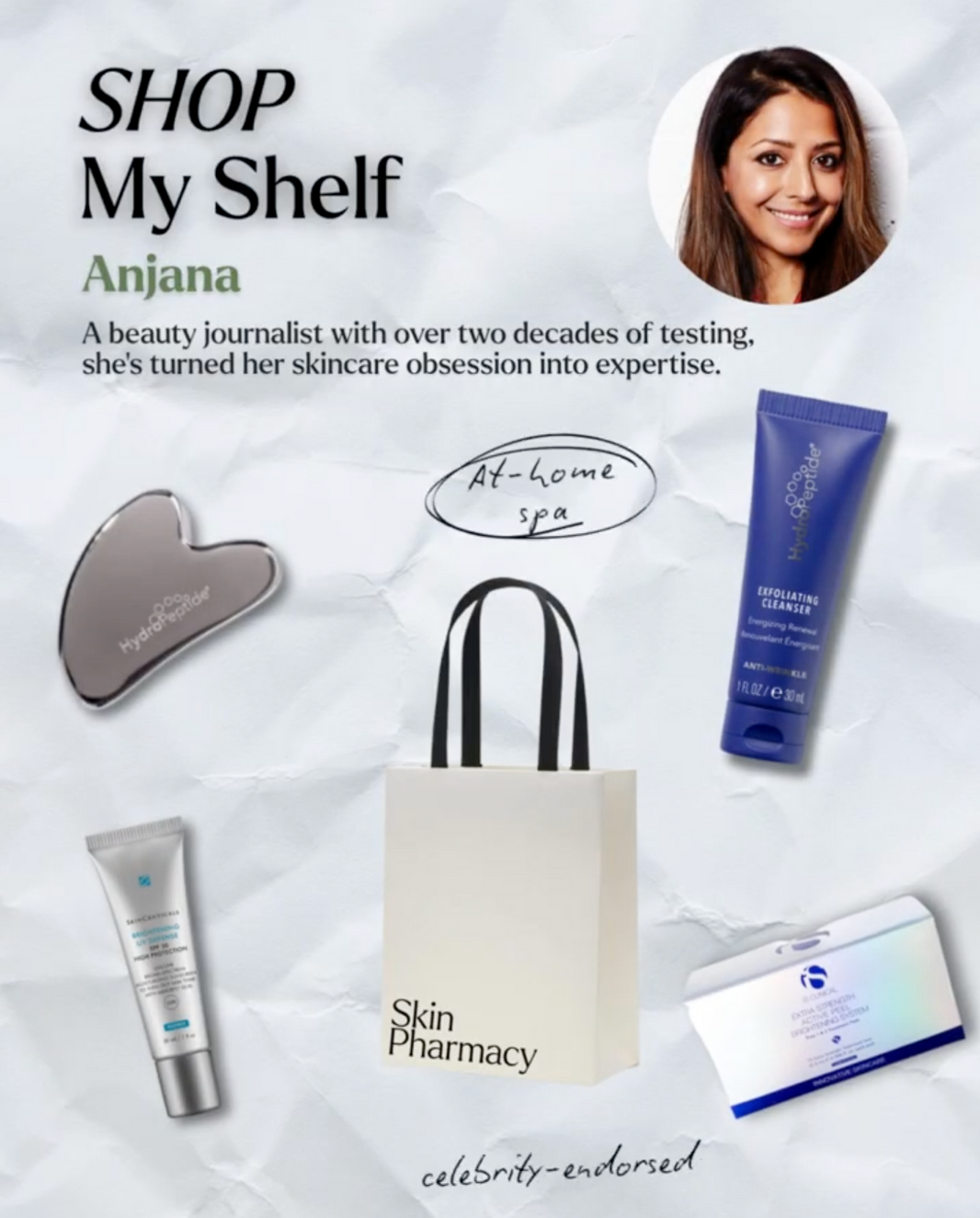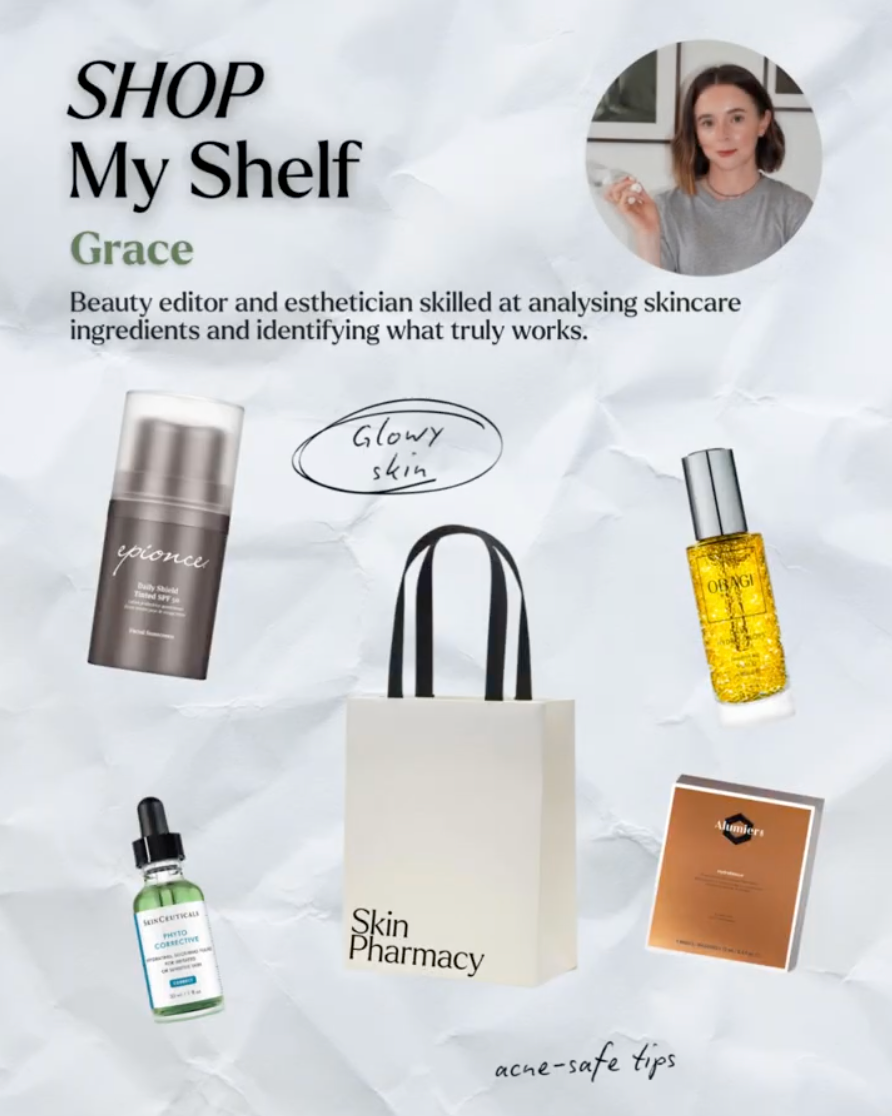“As someone who’s had the condition for around 15 years, it has taken a lot of trial and error with products to get my symptoms mostly under control"
When it comes to rosacea there’s no one size fits all solution. As someone who’s had the condition for around 15 years, it has taken a lot of trial and error with products to get my symptoms mostly under control. As anyone who has rosacea will know a complete cure has yet to be found but most of us are able to reach a place where it’s manageable. However just as I thought I’d got it nailed along came the perimenopause and suddenly the flares were back, and my existing skincare regime wasn’t enough.
“A drop in oestrogen leads to lower levels of collagen and hydration, resulting in a compromised skin barrier which in turn can worsen the feelings of heat, sensitivity, and inflammation typical of rosacea"
With many diagnoses overlapping with this time of a woman’s life, can menopause ‘cause’ rosacea? The answer is complicated. Although there’s not yet a definitive link, studies are ongoing and it’s known that decreasing hormones, in particular oestrogen and progesterone cause skin changes that if you already have rosacea may result in exacerbated symptoms. A drop in oestrogen leads to lower levels of collagen and hydration, resulting in a compromised skin barrier which in turn can worsen the feelings of heat, sensitivity, and inflammation typical of rosacea. Less progesterone manifests in a dip in sebum making skin less naturally protected. Put simply if your skin is already compromised by rosacea the perimenopause can intensify your issues. That’s before we even get to the additional factors that can contribute to a relapse. For me the common perimenopausal symptoms of hot flushes and feelings of increased stress are also frequent culprits of flare ups.
The good news is there’s a lot you can do with your skincare regime to calm the heightened symptoms of rosacea during menopause. Here’s the essentials I’ve built into my routine.
Cool things down
Kept in a handbag or next to your bed for night-time flushes and flares, a cooling mist is the quickest way to take some of the heat out of your skin. Skinceuticals Phyto Corrective Mist offers an instant soothing solution and works over time to help strengthen the skin barrier.

|
| View product |
Keep calm and carry on
When skin feels sore and irritated, we feel like we want to reach for something thick and luxurious. However, for those with type two rosacea like mine (the kind that comes with bumps and blemishes) overloading our complexion is the worst thing we can do. Finding a moisturiser that’s rich enough to calm but light enough not to exacerbate symptoms is nigh on impossible but Alumier Hydracalm achieves just that.

|
| View product |
Get clever with a corrector
Redness from hot flushes and rosacea flares can affect our confidence which takes a bashing during menopause anyway. I’ve found myself dreading public speaking or work presentations, anxious that I’m going to flare and turn red and blotchy. I now use Medik8 Calmwise Colour Correct as my rosacea insurance policy. Applied beneath my foundation the green pigments neutralise redness whilst the niacinamide and aloe vera packed formula works to calm and repair.

|
| View product |
For expert advice, speak to a Skin Pharmacy expert. Book an appointment here.







